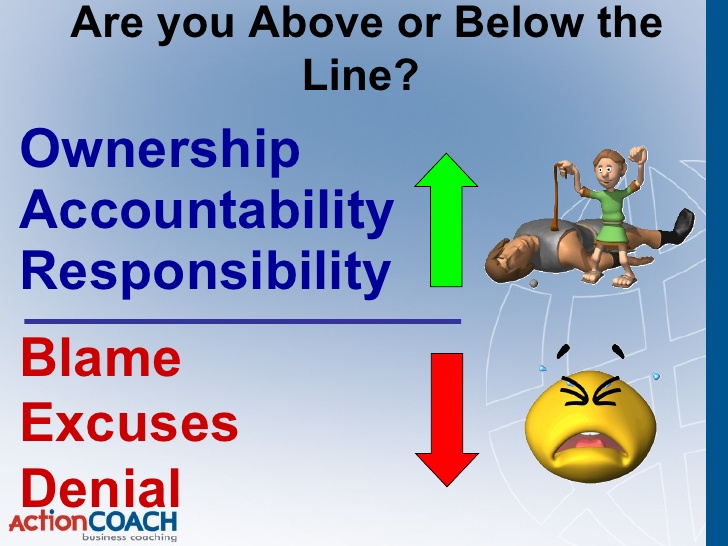
Finding the balance
Finding the balance
Looking for a little more work-life balance?
Sometimes it seems impossible when you are in the thick of it. The following ideas might help provide some light at the end of the tunnel.
Prioritise
Work often dictates to us, rather than the other way around. Create a list of all the things that need doing and categorise them. For example, work out the tasks that are ‘important but not urgent’ and ‘urgent but not important’. Task or project management tools like Trello can simplify your workload and and help to prioritise your time.
Delegate
Letting go can be an opportunity for others in the team to shine. Alternatively, bring in a contractor to help clear the load and you may find they bring in new ideas, create opportunities or streamline the process. Don’t limit yourself to what’s on at work - think about what would help at home too, such as a meal kit delivery to simplify the end of the day.
Book it in the diary
We are all guilty of putting off an exercise class or a coffee catch up because work takes over. These events are important for your mental and physical health and may give you space for creative thought or the ability to think with more clarity. Plus, you’ll return to work feeling more productive. Book it in and consider joining a group so you are more committed to turning up!
Use the technology to help you
‘Always on’ technology such as smart phones are designed to make life easier but we’ve ended up busier than ever. So choose the apps and tools that can reduce the stress. Whether it’s for communication and meetings, or your filing and accounting. An app could save you time and allow you to get on with other things - read more on apps. We can help with the right accounting software solution to reduce the paperwork.
Share with your network
Are there individuals in your network who face the same challenges or can help you achieve your goals? Set up a monthly breakfast to catch up, support and learn from each other. You’ll go back to work with new inspiration.
Do what you love
At the end of the day, your work is ‘part of’ your life not separate from it, so if you enjoy it, you’ll feel you have more ‘balance’.








